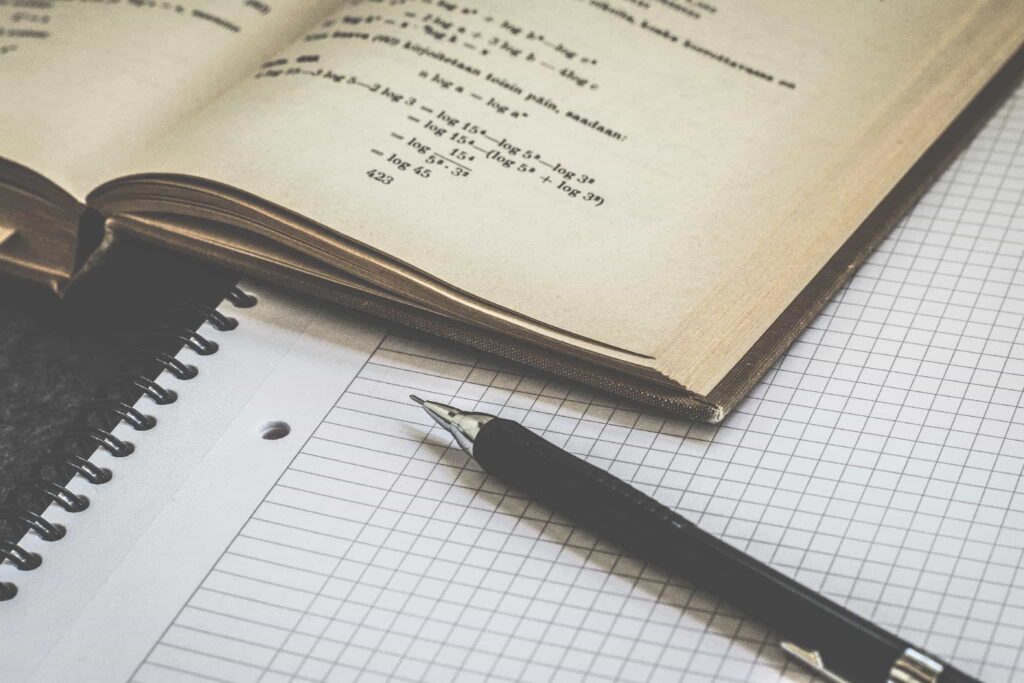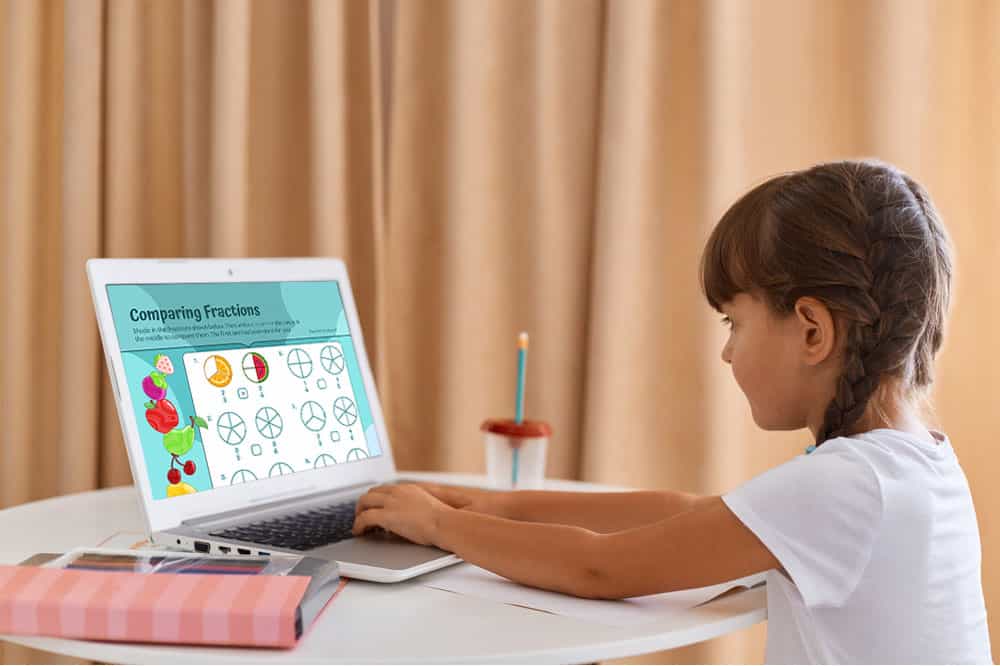5th Grade Math: Unit Conversion Worksheets
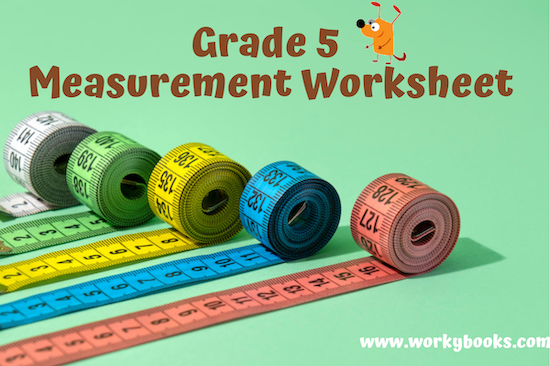
Understanding unit conversions is a fundamental math skill that students begin mastering in fifth grade. Whether converting lengths from feet to yards or capacity from gallons to cups, these skills are essential for real-world problem-solving. Let’s explore how unit conversion practice worksheets can make this learning journey both effective and engaging.
Why Unit Conversions Matter
Unit conversions are more than just mathematical exercises; they’re life skills that students will use throughout their academic careers and daily lives. From cooking measurements to distance calculations, these skills help students:
– Develop logical thinking
– Strengthen problem-solving abilities
– Build real-world mathematical connections
– Prepare for advanced math concepts
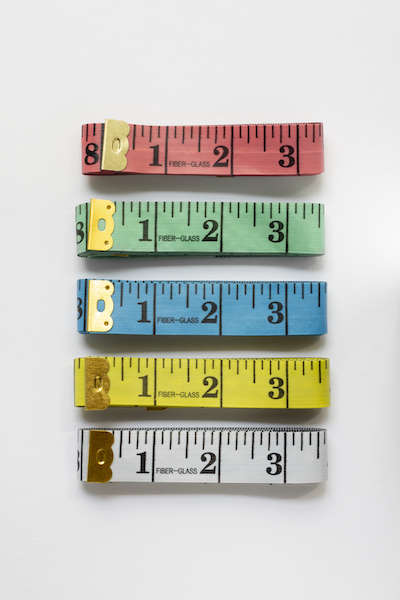
Understanding CCSS.MATH.CONTENT.5.MD.A.1 Standard
The Common Core State Standard CCSS.MATH.CONTENT.5.MD.A.1 specifically addresses measurement conversion in fifth grade mathematics. This standard states that students should “convert among different-sized standard measurement units within a given measurement system (e.g., convert 5 cm to 0.05 m), and use these conversions in solving multi-step, real world problems.”
Key Components of the Standard:
- Within-System Conversions
- U.S. Customary System (inches, feet, yards, miles)
- Metric System (millimeters, centimeters, meters, kilometers)
- Capacity measures (cups, pints, quarts, gallons)
- Weight measures (ounces, pounds, tons)
- Mathematical Practices
- Understanding relative sizes of units
- Recognizing measurement relationships
- Using multiplication and division
- Applying decimal concepts
- Real-World Applications
- Converting recipes
- Measuring distances
- Calculating weights
- Solving practical problems
- Expected Outcomes Students should be able to:
- Convert units fluently
- Choose appropriate units
- Solve multi-step problems
- Explain conversion reasoning

The Two Basic Rules of Unit Conversion
Rule 1: Multiply When Converting to Smaller Units
Why? Smaller units mean there will be MORE of them. Key Phrase to Remember: “Going smaller? Numbers get larger!”
Examples:
- Length Conversion
2 feet → inches
2 × 12 = 24 inches
Why multiply by 12? Because 1 foot contains 12 inches
- Capacity Conversion
3 gallons → cups
3 × 16 = 48 cups
Why multiply by 16? Because 1 gallon contains 16 cups
- Weight Conversion
4 pounds → ounces
4 × 16 = 64 ouncesWhy multiply by 16? Because 1 pound contains 16 ounces
Rule 2: Divide When Converting to Larger Units
Why? Larger units mean there will be FEWER of them. Key Phrase to Remember: “Going bigger? Numbers get smaller!”
Examples:
- Length Conversion
36 inches → feet
36 ÷ 12 = 3 feet
- Why divide by 12? Because it takes 12 inches to make 1 foot
- Capacity Conversion
64 cups → gallons
64 ÷ 16 = 4 gallons
Why divide by 16? Because it takes 16 cups to make 1 gallon
- Weight Conversion
48 ounces → pounds
48 ÷ 16 = 3 poundsWhy divide by 16? Because it takes 16 ounces to make 1 pound
Reference Unit Conversion Chart for conversion factors
| Length: | Capacity: | Weight: |
| 12 inches = 1 foot | 16 cups = 1 gallon | 16 ounces = 1 pound |
| 3 feet = 1 yard | 4 cups = 1 quart | 2000 pounds = 1 ton |
| 5280 feet = 1 mile | 2 cups = 1 pint | 1000 grams = 1 kilogram |
Practice Unit Conversion Examples with Solutions
Converting to Smaller Units (Multiply):
- Convert 5 yards to feet
- Know: 1 yard = 3 feet
- Solution: 5 × 3 = 15 feet
- Convert 2.5 quarts to cups
- Know: 1 quart = 4 cups
- Solution: 2.5 × 4 = 10 cups
- Convert 1.5 kilograms to grams
- Know: 1 kilogram = 1000 grams
- Solution: 1.5 × 1000 = 1500 grams
Converting to Larger Units (Divide):
- Convert 27 feet to yards
- Know: 3 feet = 1 yard
- Solution: 27 ÷ 3 = 9 yards
- Convert 24 pints to gallons
- Know: 8 pints = 1 gallon
- Solution: 24 ÷ 8 = 3 gallons
- Convert 5000 grams to kilograms
- Know: 1000 grams = 1 kilogram
- Solution: 5000 ÷ 1000 = 5 kilograms
Sample Metric Unit Conversion Worksheet
This practical measurement worksheet helps 5th-grade students master unit conversions through engaging, restaurant-themed word problems. Aligned with CCSS.MATH.CONTENT.5.MD.A.1, this activity bridges classroom learning with real-world applications, focusing on liquid measurements commonly used in food service. The worksheet begins with a clear reminder of the fundamental conversion rules: divide when converting from smaller to larger units, and multiply when converting from larger to smaller units. Three carefully crafted word problems feature relatable characters in realistic kitchen scenarios, requiring students to convert between cups and pints, gallons and ounces, and quarts and ounces. Each problem encourages critical thinking and multi-step problem-solving skills. Students must identify the correct conversion factors, determine whether to multiply or divide, and calculate the final answer. This measurement worksheet is perfect for both classroom instruction and homework, helping students develop essential math skills they’ll use in everyday life.
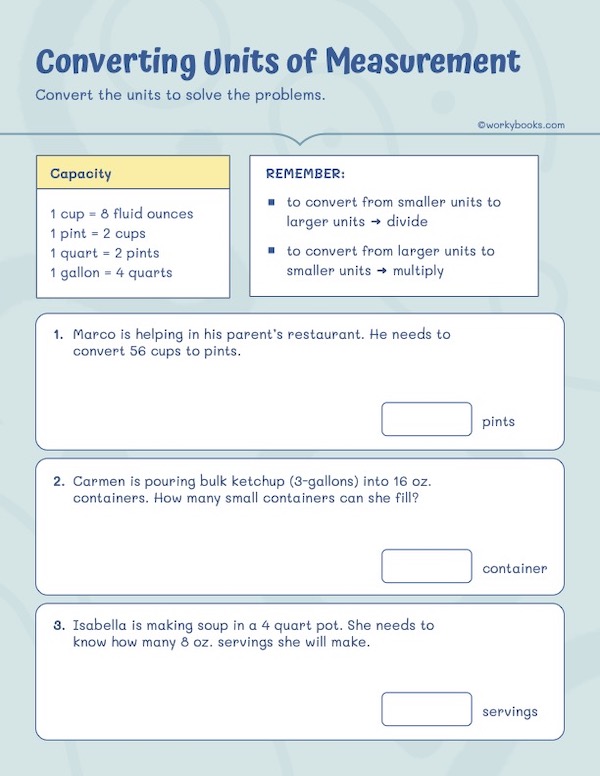
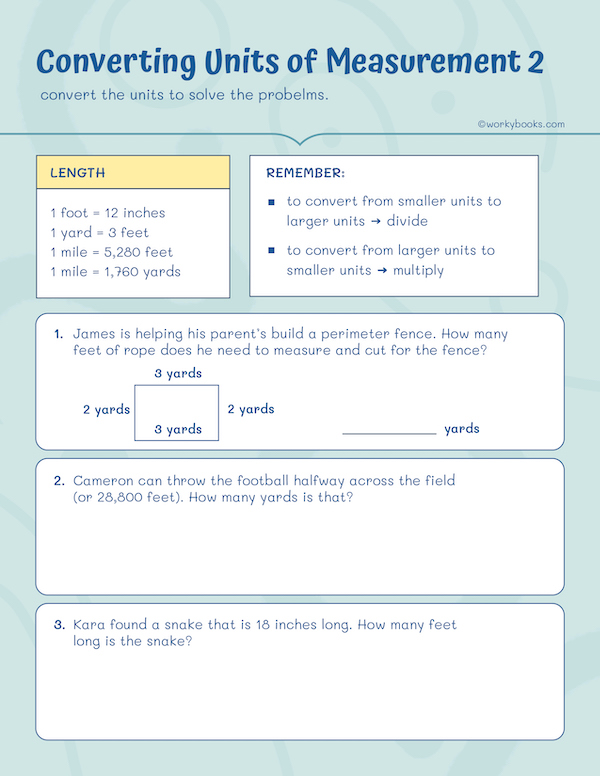
Click here to download this 5th grade measurement worksheet!

